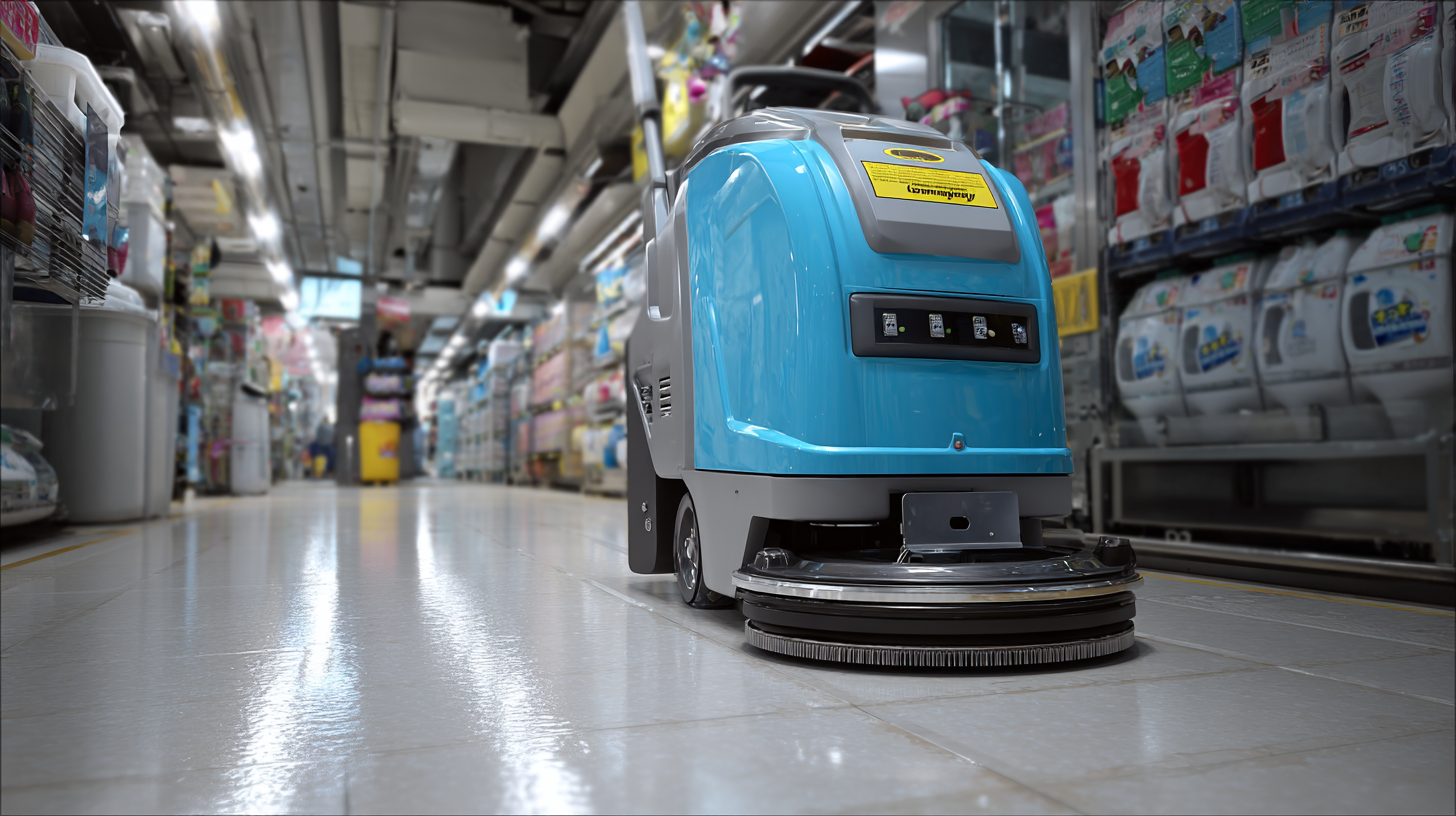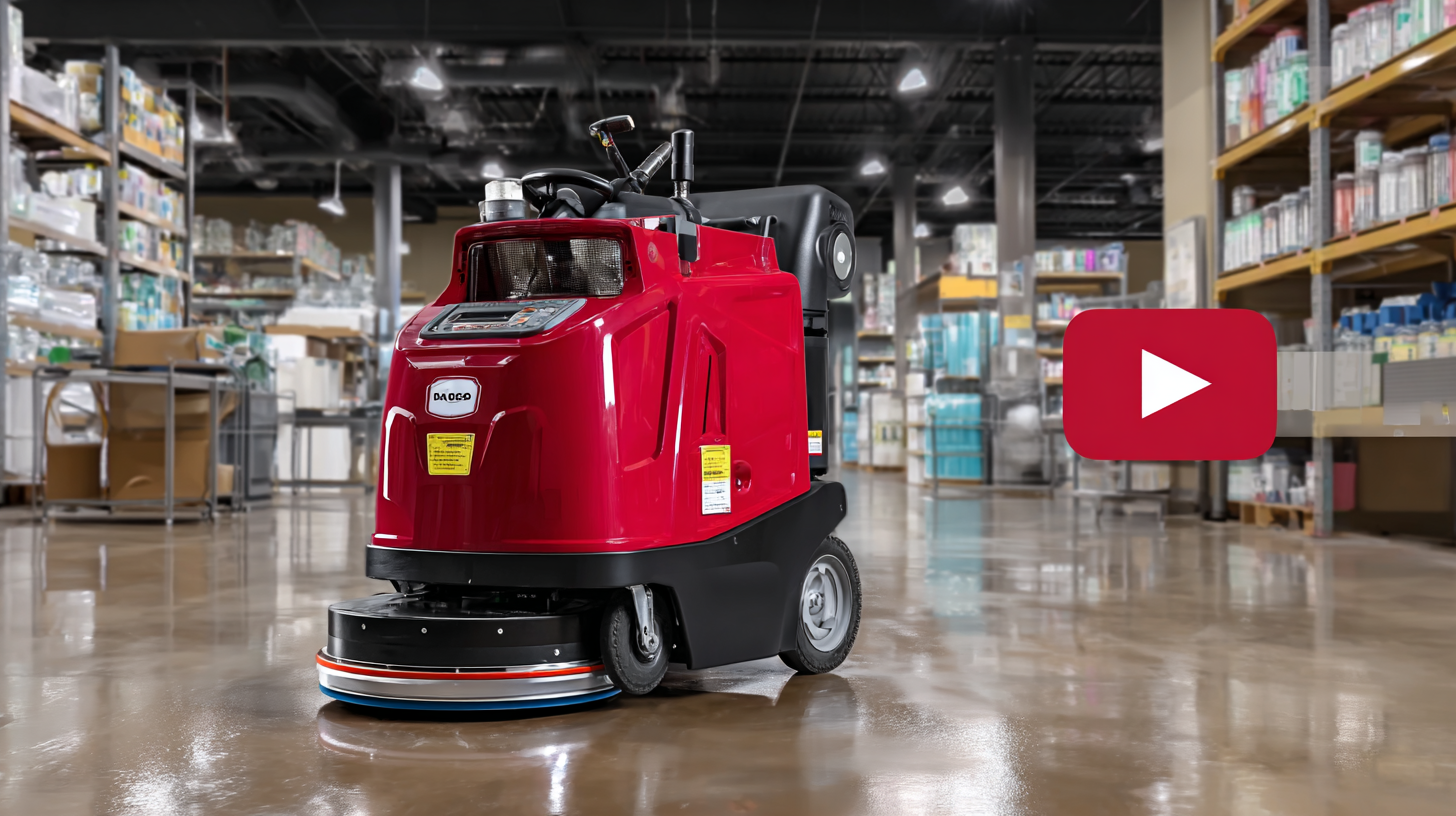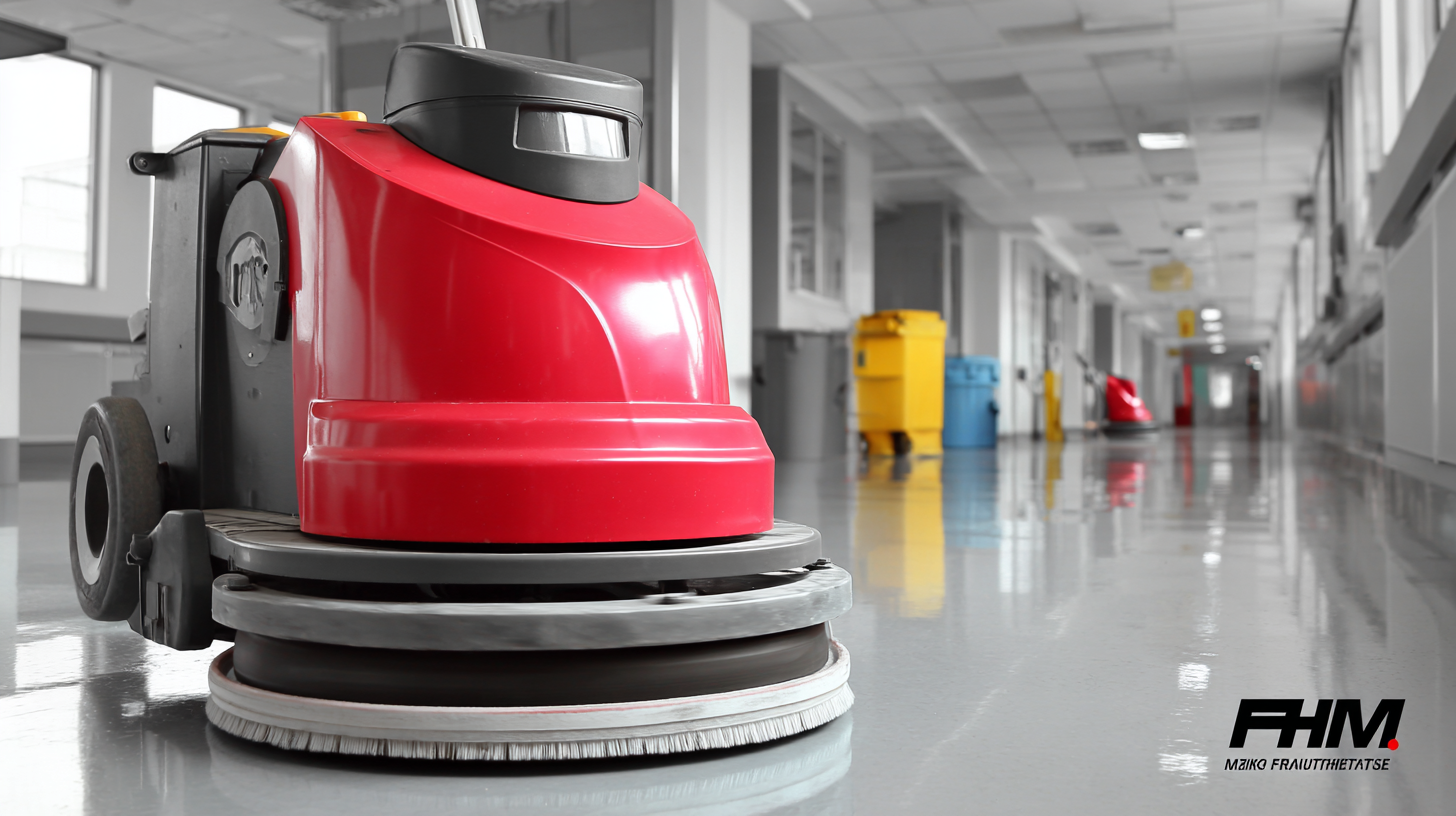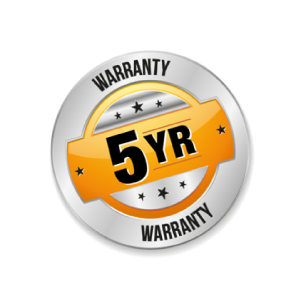2025 Market Insights: How to Choose the Best Floor Cleaner Machine for Global Buyers
As the global demand for cleanliness and hygiene continues to rise, the market for floor cleaner machines is witnessing significant growth. According to a recent report by ResearchAndMarkets, the global floor care market is expected to reach USD 20 billion by 2025, reflecting an increasing emphasis on sanitation across various sectors, including commercial, residential, and industrial applications. Selecting the right floor cleaner machine can be a daunting task for buyers, especially with the multitude of options available. Factors such as the type of flooring, machine capacity, and cleaning technology play crucial roles in making the best choice. This blog aims to provide essential insights and practical guidelines for global buyers, ensuring they select a floor cleaner machine that not only meets their specific needs but also enhances cleaning efficiency and effectiveness in diverse industry applications.

Understanding the Different Types of Floor Cleaner Machines Available for Global Markets
When selecting the best floor cleaner machine for global markets in 2025, it is essential to understand the various types available, each catering to different needs and environments. According to a recent market research report by Grand View Research, the global floor cleaning machine market is expected to grow at a CAGR of 7.2% from 2023 to 2030, highlighting an increasing demand for efficient cleaning solutions. The primary categories include automatic scrubbers, vacuums, and floor polishers, each serving distinct functions in maintaining cleanliness in commercial and residential spaces.
Automatic scrubbers are gaining popularity for their efficiency and ease of use, particularly in large spaces such as warehouses and retail stores. The report noted that these machines accounted for approximately 35% of the market share in 2022 due to their ability to clean effectively while reducing labor costs. On the other hand, upright and canister vacuum cleaners remain favored for household use, with a combined market share expected to reach 25% in the coming years. Understanding these categories, along with their applications, will enable global buyers to make informed decisions that meet their specific cleaning demands.
Key Features to Look for in a Floor Cleaner Machine for Diverse Applications
 When selecting the best floor cleaner machine for diverse applications in 2025, it's crucial to identify key features that cater to specific cleaning needs. First and foremost, consider the machine's versatility. A good floor cleaner should efficiently handle various types of surfaces, from hardwood to tile and carpet. This adaptability not only ensures thorough cleaning but also extends the lifespan of your flooring.
When selecting the best floor cleaner machine for diverse applications in 2025, it's crucial to identify key features that cater to specific cleaning needs. First and foremost, consider the machine's versatility. A good floor cleaner should efficiently handle various types of surfaces, from hardwood to tile and carpet. This adaptability not only ensures thorough cleaning but also extends the lifespan of your flooring.
Another vital feature to look for is the machine's Lightweight models are easier to maneuver, particularly in tight spaces, while compact designs facilitate storage. For larger areas, however, a more powerful machine with a larger tank capacity can save time and improve efficiency. Remember, mobility and ease of use are essential for both residential and commercial applications.
Tip: Always check for additional attachments or accessories that come with the machine. They can significantly enhance its cleaning capabilities and allow for specialized tasks, like upholstery or stair cleaning. Additionally, researching the machine's maintenance requirements can help ensure long-term performance and reliability. Choosing the right floor cleaner can make a substantial difference in your cleaning routine, so invest wisely.
Industry-Specific Use Cases: Success Stories of Floor Cleaning Solutions
In 2025, selecting the right floor cleaner machine will be pivotal for various industries seeking efficiency and effectiveness in their cleaning processes. Industry-specific use cases reveal how tailored floor cleaning solutions dramatically enhance operational success. For instance,
manufacturing plants adopting advanced robotic floor cleaners have reported a reduction in cleaning times by up to 50%, allowing more focus on production and minimizing downtime. Similarly, healthcare facilities utilizing ultra-quiet, ionized floor cleaners have significantly improved infection control while maintaining a serene environment.
Tip: When choosing a floor cleaner machine, assess your industry-specific needs. Consider factors such as noise levels, efficiency, and integration with existing technologies.
Moreover, the incorporation of artificial intelligence in floor cleaning machines is revolutionizing the space. AI-powered models can analyze floor types and conditions in real-time, optimizing cleaning paths and schedules. Facilities that have integrated such intelligent solutions have experienced a measurable decrease in both labor costs and material waste. This forward-thinking approach not only promotes sustainability but also ensures that cleaning practices align with the latest ergonomic standards, ultimately safeguarding workforce health.
Tip: Look for machines that feature AI capabilities to maximize performance and adapt to various floor conditions, ensuring a cleaner and safer environment.
Comparative Analysis: Manual vs. Automated Floor Cleaner Machines
When considering the best floor cleaner machines for global buyers in 2025, a comparative analysis between manual and automated options is essential. According to a recent report by Allied Market Research, the global floor cleaning machine market is expected to reach USD 10.9 billion by 2025, driven by the increasing demand for efficient cleaning solutions across various sectors.
Manual floor cleaners, while cost-effective and straightforward, often require significant labor and time, which can translate into higher operational costs and less consistent results.
In contrast, automated floor cleaning machines offer advanced features such as robotic technology and IoT connectivity, making them a preferred choice for many businesses aiming for efficiency. A study by MarketsandMarkets indicates that the automated floor cleaning segment is projected to grow at a CAGR of 17.6% from 2020 to 2025.
These machines not only improve productivity but also enhance cleaning quality, as they can operate longer and often have built-in sensors to navigate obstacles and adjust cleaning patterns accordingly. For global buyers, balancing initial investment costs with long-term savings and cleaning efficacy will be a key factor in choosing between manual and automated floor cleaning solutions.

Global Trends in Floor Cleaning Technology: What Buyers Should Know
In the evolving landscape of floor cleaning technology, global buyers must be informed of the latest trends and insights to make effective purchases. According to a market research study, the global commercial cleaning services market size is projected to reach USD 443.23 billion by 2033, growing at a CAGR of 6.7%. This significant growth reflects the increased emphasis on cleanliness and hygiene in both commercial and residential spaces. Buyers should pay attention to innovative features such as automation, sustainability in product formulation, and advanced suction technologies, which are becoming standard in modern floor cleaner machines.
Tips for buyers include evaluating machines based on their cleaning efficacy and maintenance requirements. It’s beneficial to consider models that offer multi-functional capabilities alongside user-friendly designs for efficient operation. Additionally, understanding the difference between traditional and robotic cleaners can help in selecting a machine that suits specific cleaning needs and environments. As demand grows, staying abreast of market developments and emerging technologies will ensure smart investments that meet both current and future cleaning challenges.
2025 Market Insights: How to Choose the Best Floor Cleaner Machine for Global Buyers
| Feature | Importance (1-5) | Latest Technology | Average Price (USD) | Customer Rating (1-5) |
|---|---|---|---|---|
| Cordless Design | 5 | Lithium-ion Battery | 250 | 4.7 |
| Self-Detection Technology | 4 | Smart Sensors | 320 | 4.5 |
| Eco-Friendly Solution | 5 | Biodegradable Cleaners | 200 | 4.8 |
| Multi-Surface Capabilities | 5 | Versatile Cleaning Settings | 300 | 4.6 |
| Lightweight Design | 4 | Compact Construction | 180 | 4.4 |

